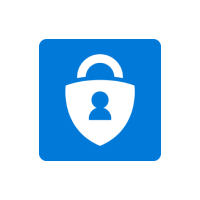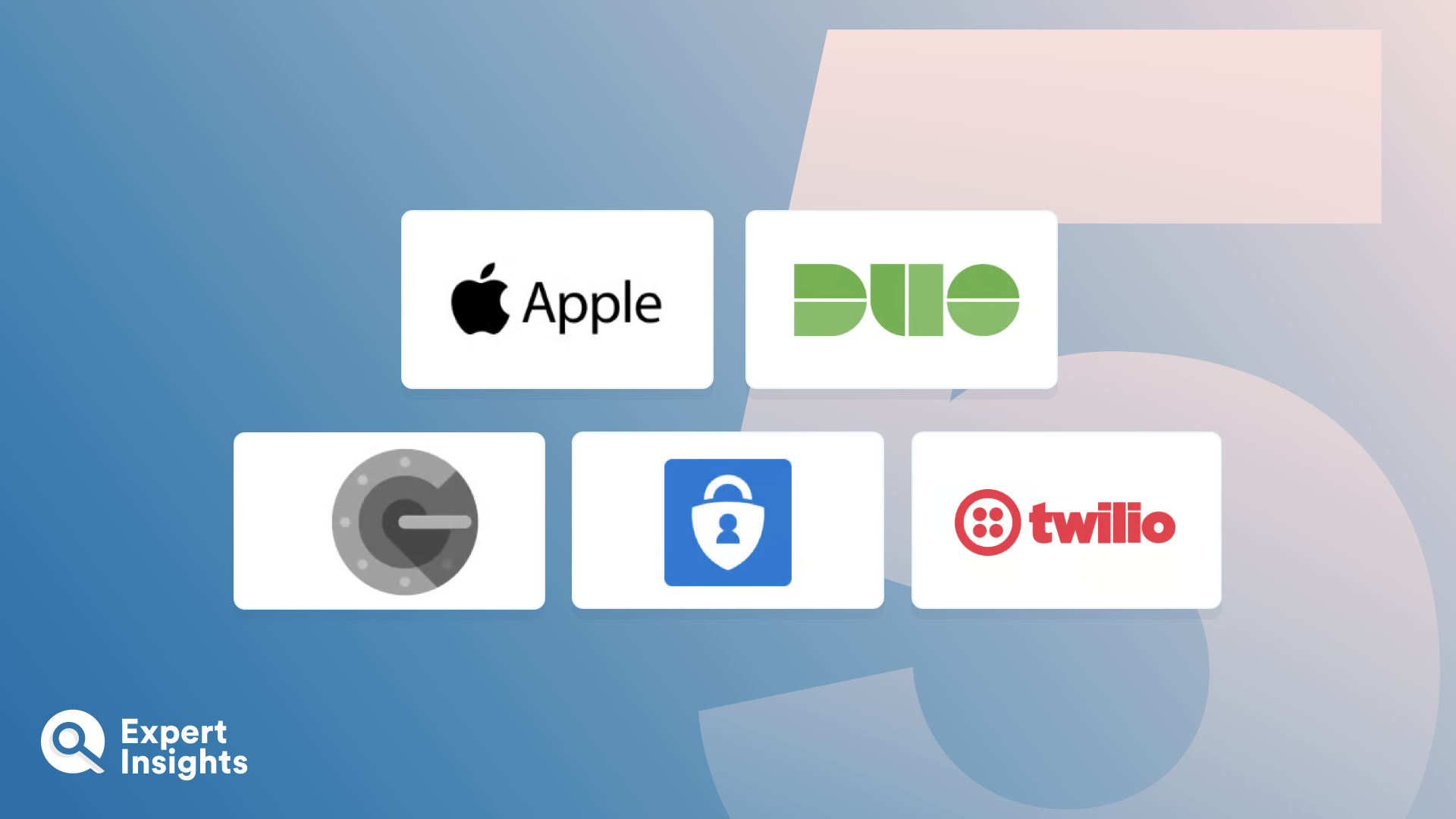FAQs
What Is An Authenticator App?
Authenticator apps store randomly generated One-Time Passcodes (OTPs) on apps and services. They provide a second factor of authentication to prevent your accounts and services being compromised.
How It Works:
- Add accounts: Typically a QR code or security code is used to add new accounts and services. Not all accounts support authenticator apps, but many now do.
- Generate codes: Authenticator apps automatically generate time-based OTPs that last for 15-30 seconds. You copy these codes and paste them into the account you are logging into.
- Block requests: If you are notified for a login request you didn’t make, you can block it using the authenticator app. This is a good sign you should change your password.
Authentication apps are seen as a more secure alternative to using SMS-based authentication, (where the OTP is sent to your phone via text message) as the app itself is unique to your device – unlike texts which are sent to a SIM-card which can be cloned.
Important Point: Make sure to save backup verification codes when adding new accounts to your authenticator app. This means you can access accounts in the event your device is lost or stolen.
Why Use An Authenticator App?
In recent years, account compromise and identity fraud have become increasingly urgent problem for individuals and companies.
It is abundantly clear that passwords alone are no longer adequate security, and a multi-factor authentication approach is needed to properly secure accounts – especially important logins such as banking, social media, and shopping.
Using 2FA authentication adds an important additional layer of security for all of your accounts. An authenticator app helps you to more easily manage these codes from one location.
What To Look For In An Authenticator App?
There are a lot of good options out there for an authenticator app, so when it comes to selecting one for yourself, it’s important to think about your specific needs and to ensure no important features are missing.
For instance, any authenticator app should:
- Allow you to easily add new accounts and logins, with wide support
- Let you easily copy OTPs for all accounts and services across devices and OS
- Have a user-friendly interface
- Be fast and lightweight, with no ads or unnecessary features
- Allow you to generate OTPs offline or in Airplane mode
- Integrate with workforce applications if used in a workforce environment
- Enable options for backup and migration to secondary devices
These days we all have multiple online accounts that we would like to keep secure, so using a tool as simple – yet useful – as an authentication app is a great way to keep your data safe.
What Is Two-Factor Authentication?
Two-factor authentication (2FA) is a security system where two distinct forms of identification are required for access to be granted. It is used to strengthen security to better protect online accounts, devices, or even physical barriers like a door. With two-factor authentication in place, users must present two types of information – for example, a password, passcode, Personal Identification Number (PIN), or a biometric factor – before access is granted.
Two factor authentication involves a user presenting two of the following means of identification:
- Something you know (like a password)
- Something you have (like a passcode generated by an authentications app or a sent to your smartphone or other device via text message)
- Something you are (like a biometric using your face, fingerprint, or retina)











